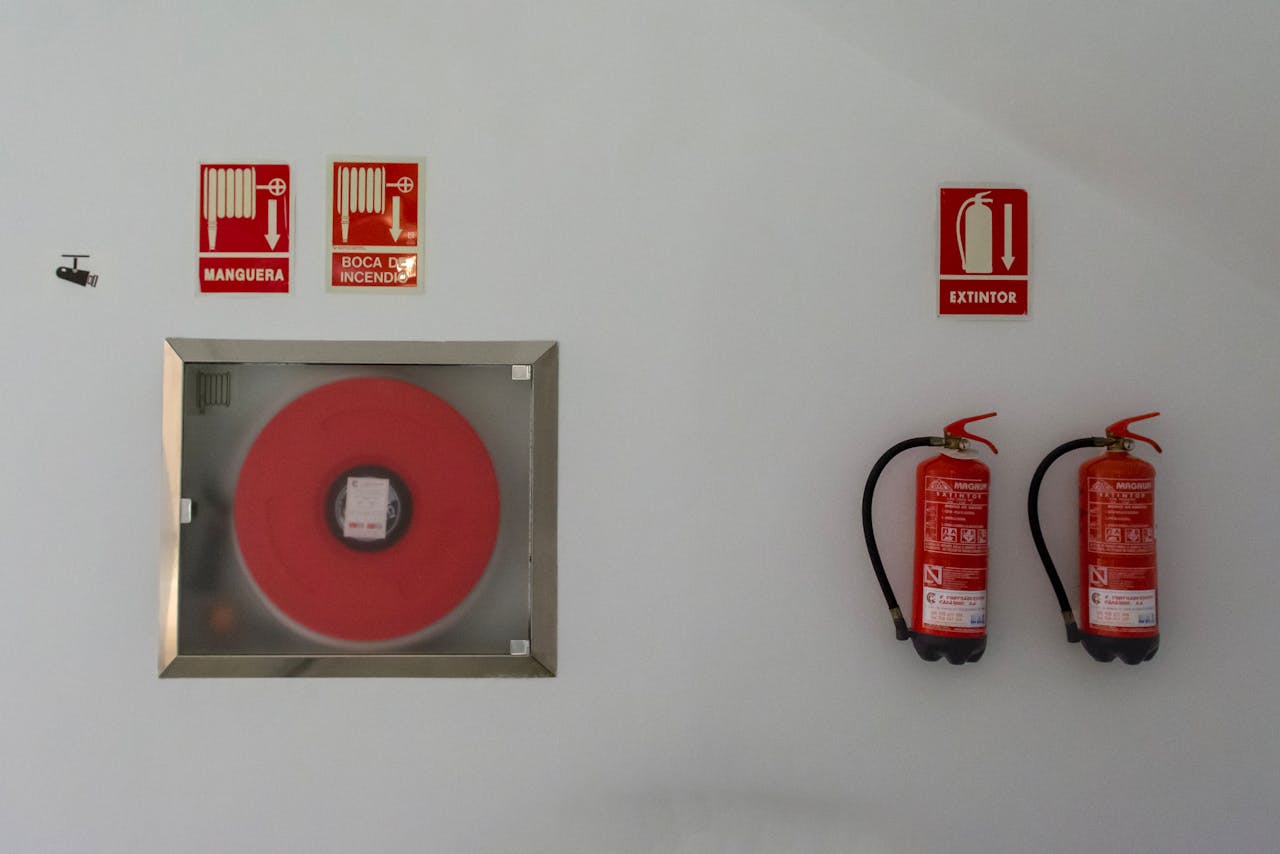In the wake of recent tragedies and an increasing emphasis on tenant safety, the laws and regulations pertaining to fire safety in rental properties in the UK have been significantly tightened. As a landlord, it is essential to comprehend and adhere to these regulations. The price of non-compliance can be hefty, both financially and in terms of potential loss of human life. This article aims to provide an in-depth look at the legal responsibilities that landlords had regarding fire safety in 2023.
Understanding the Fire Safety Order in England
Introduced in 2005, the Regulatory Reform (Fire Safety) Order, commonly referred to as the Fire Safety Order, is the key piece of legislation related to fire safety in England. As stipulated in the order, it is a legal requirement for landlords to carry out a comprehensive fire risk assessment in their premises, identify any potential hazards, and put in place appropriate measures to manage such risks.
En parallèle : What are the new guidelines for recycling plastics in London boroughs?
A fire risk assessment involves evaluating the building and its contents to identify potential fire risks and determining how these risks can be eliminated or reduced. This includes checking the state of fire doors, assessing the potential for fire to spread, and ensuring appropriate fire safety measures, such as alarms and extinguishers, are in place.
Regular reviews of the risk assessment are necessary, especially if there are significant changes to the premises which could impact fire safety. Landlords are also responsible for providing adequate fire safety information to tenants, such as the location of fire exits and instructions on what to do in case of a fire.
A lire également : How can UK motorists check and challenge their vehicle’s road tax valuation?
The Landlord’s Responsibility in High-Risk Buildings
If the property is a high-risk building, additional fire safety regulations apply. The definition of high-risk buildings has been expanded to include all multi-occupied residential buildings that are 18 metres tall or have six storeys, whichever is reached first. This includes blocks of flats and shared houses.
For these high-risk buildings, landlords are required by law to register their property with the Building Safety Regulator. They are also required to perform and record a Building Safety Risk Assessment, which is more comprehensive than a standard fire risk assessment.
Moreover, these buildings must have a responsible person, known as a Building Safety Manager, who is charged with managing fire and structural risks. The Building Safety Manager role can be filled by the landlord themselves, a member of their team, or an external hire. However, the ultimate responsibility for fire safety remains with the landlord.
Fire Safety Regulations for Internal Doors
For landlords, one crucial aspect of fire safety in rental properties is the requirements concerning internal doors. Fire doors play a critical role in preventing the spread of fire and smoke, providing tenants with vital time to escape in the event of a fire.
All doors leading to escape routes must be fire doors and comply with the fire safety regulations set out in Approved Document B in England. This includes doors to halls, stairways, and corridors. Fire doors should be suitably marked, kept clear at all times, and maintained in good condition. Landlords are also obligated to ensure all fire doors are self-closing and capable of providing at least 30 minutes of fire resistance.
Guidance for Landlords on Fire Safety in Flats
Finally, there is specific guidance for landlords with flats within their property portfolio. The Local Government Association, in collaboration with the National Fire Chiefs Council, has published a guide known as "Fire safety in purpose-built blocks of flats".
This guide provides practical advice on fire safety provisions in flats, such as the installation of smoke alarms and fire-resistant materials. It also addresses the management of fire safety in communal areas, including ensuring escape routes are kept clear and educating tenants about fire safety.
The guide advises landlords to develop an emergency plan for each block of flats, which should be communicated clearly to all tenants. This plan should include information on the evacuation strategy, the location of fire-fighting equipment, and the role of tenants in maintaining fire safety.
In conclusion, as a landlord, your role in ensuring fire safety in your properties is crucial. It is not just about adhering to legal regulations but also about caring for your tenants and providing them with a safe environment to live in. By understanding and properly implementing the fire safety regulations, you can reduce the risk of fire in your properties and ensure the safety and well-being of your tenants.
Smoke Alarm and Carbon Monoxide Detector Regulations
Ensuring the installation and maintenance of smoke alarms and carbon monoxide detectors is a crucial part of a landlord’s fire safety responsibilities. These devices perform a pivotal role in alerting tenants to the presence of fire or carbon monoxide, thereby providing them with the opportunity to evacuate before the situation escalates.
The Smoke and Carbon Monoxide Alarm (England) Regulations 2015, amended in 2023, clearly outlines the requirements for landlords. All rental properties must have at least one smoke alarm installed on every storey of the rental property which is used as living accommodation. In rooms where there is a solid fuel-burning appliance, landlords are required to install a carbon monoxide alarm.
It is the landlord’s responsibility to ensure that these alarms are in working order at the start of each new tenancy. Tenants, however, are responsible for their maintenance, including battery replacement during the tenancy.
Landlords must also provide instructions for testing and using these devices to their tenants. A failure to comply with these regulations can result in a fine, reinforcing the importance of these safety measures in rental properties.
Assurance of Electrical and Gas Safety
Landlords are also duty-bound to ensure the electrical and gas installations and appliances in their properties are safe. This is in accordance with the Gas Safety (Installation and Use) Regulations 1998 and the Electrical Safety Standards in the Private Rented Sector (England) Regulations 2020.
Gas appliances and installations must be inspected annually by a Gas Safe registered engineer, and the landlord is obligated to provide the tenants with a copy of the gas safety certificate within 28 days of the check. If a new tenant moves in, they must receive a copy of this certificate before they occupy the premises.
For electrical safety, landlords are required to ensure that the installations in their rented properties are inspected and tested by a qualified person at least every five years. The tenants must be given a report of the findings, which should include the results of the inspection and test, the date of the next inspection, and any changes made during the inspection.
Conclusion
Fire safety is a matter of serious concern and responsibility for landlords in the UK. While it involves a thorough understanding of and compliance with a range of fire safety regulations and orders, the ultimate goal remains the safety and well-being of the tenants. From conducting regular risk assessments to ensuring the installation and maintenance of fire safety measures such as fire doors, smoke alarms, and carbon monoxide detectors, landlords have a significant role to play in reducing the risk of fire incidents.
Landlords must stay updated with the latest regulations, including their responsibilities regarding high-risk buildings, internal doors, and flats. Particular attention should be given to the assurance of electrical and gas safety in the properties.
While non-compliance can lead to severe financial penalties, the most significant cost of neglecting these responsibilities can be the potential loss of human lives. Therefore, the emphasis on fire safety in rental properties should not merely be about complying with the law but should be considered an integral part of landlords’ duty of care to their tenants. The peace of mind that comes from knowing that your properties are safe and in line with regulations is indeed invaluable.






